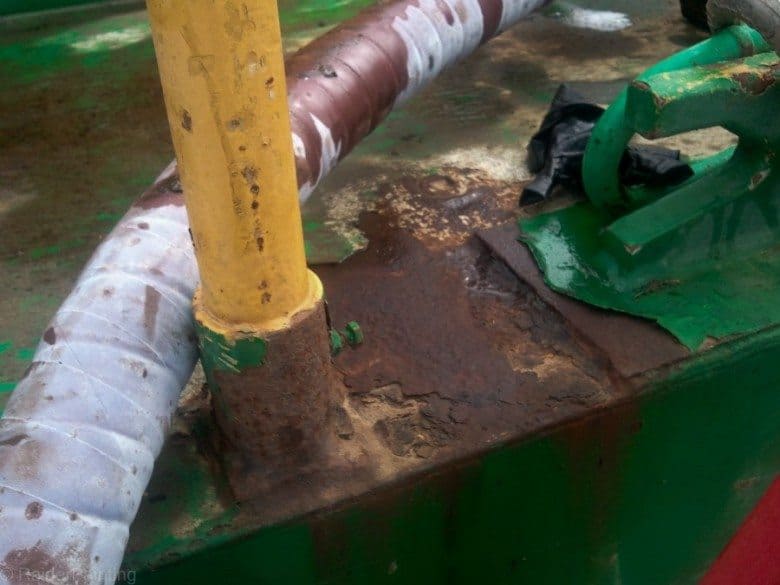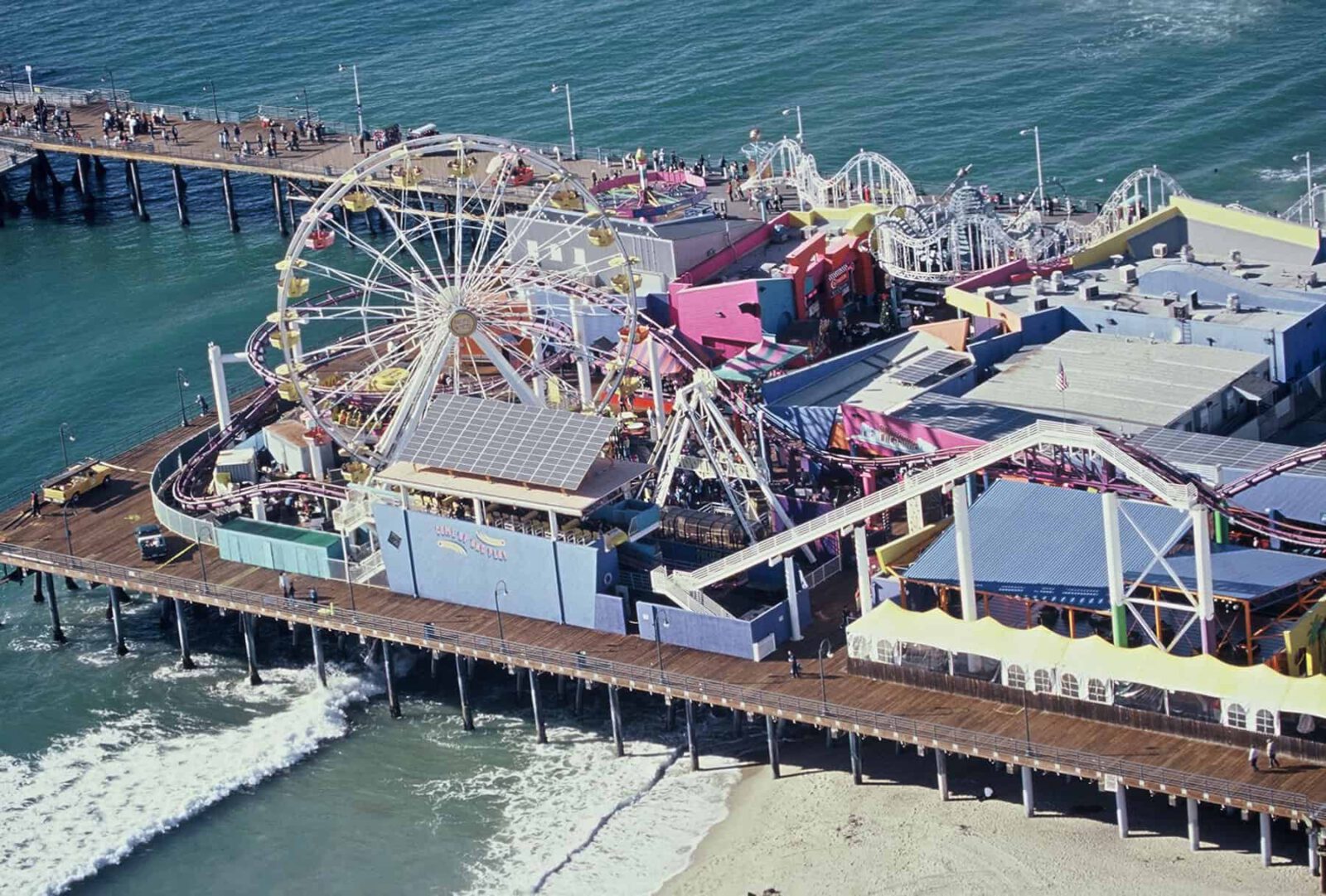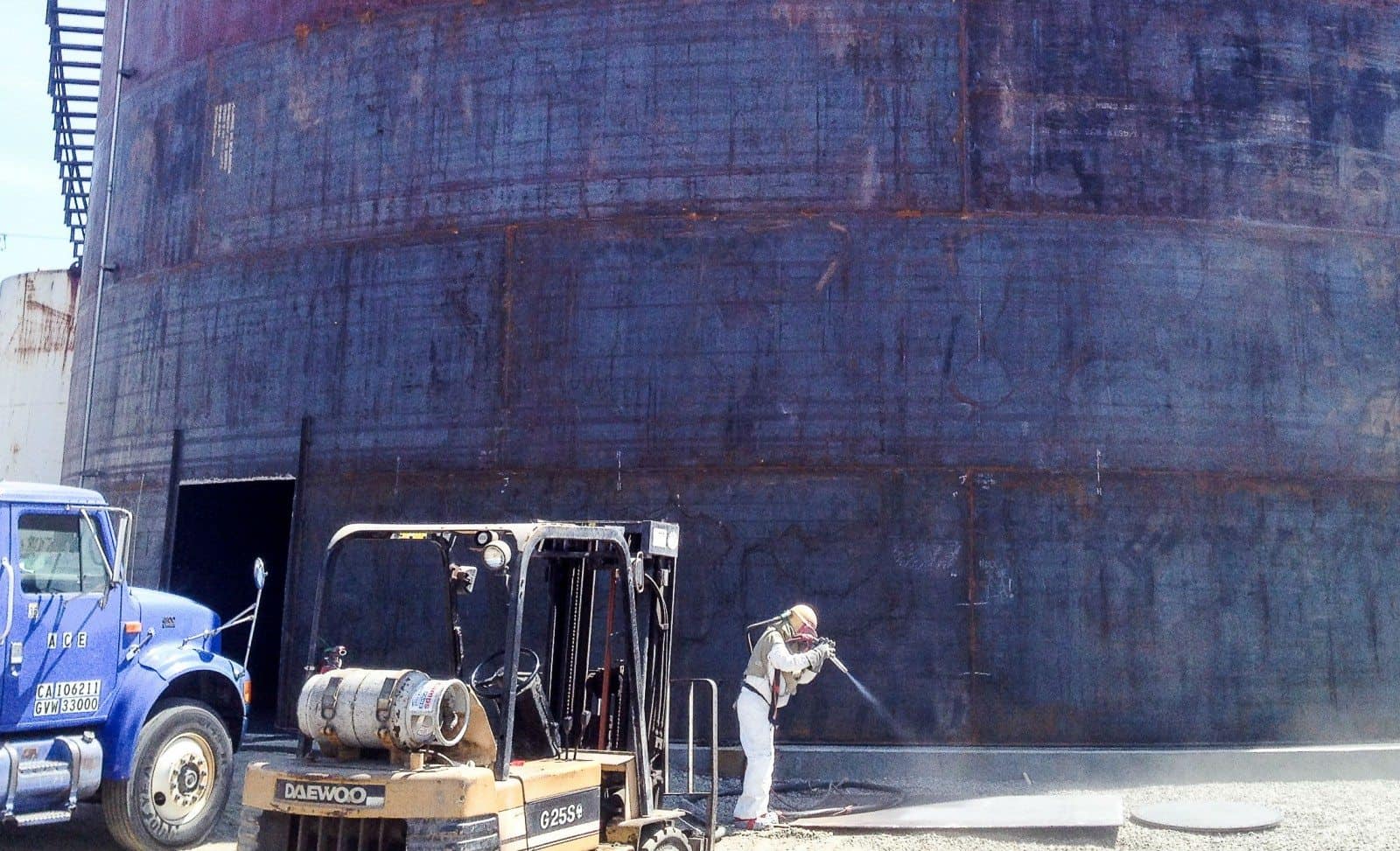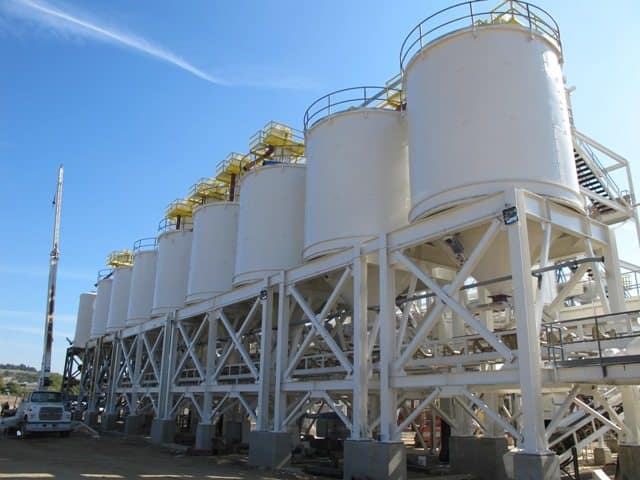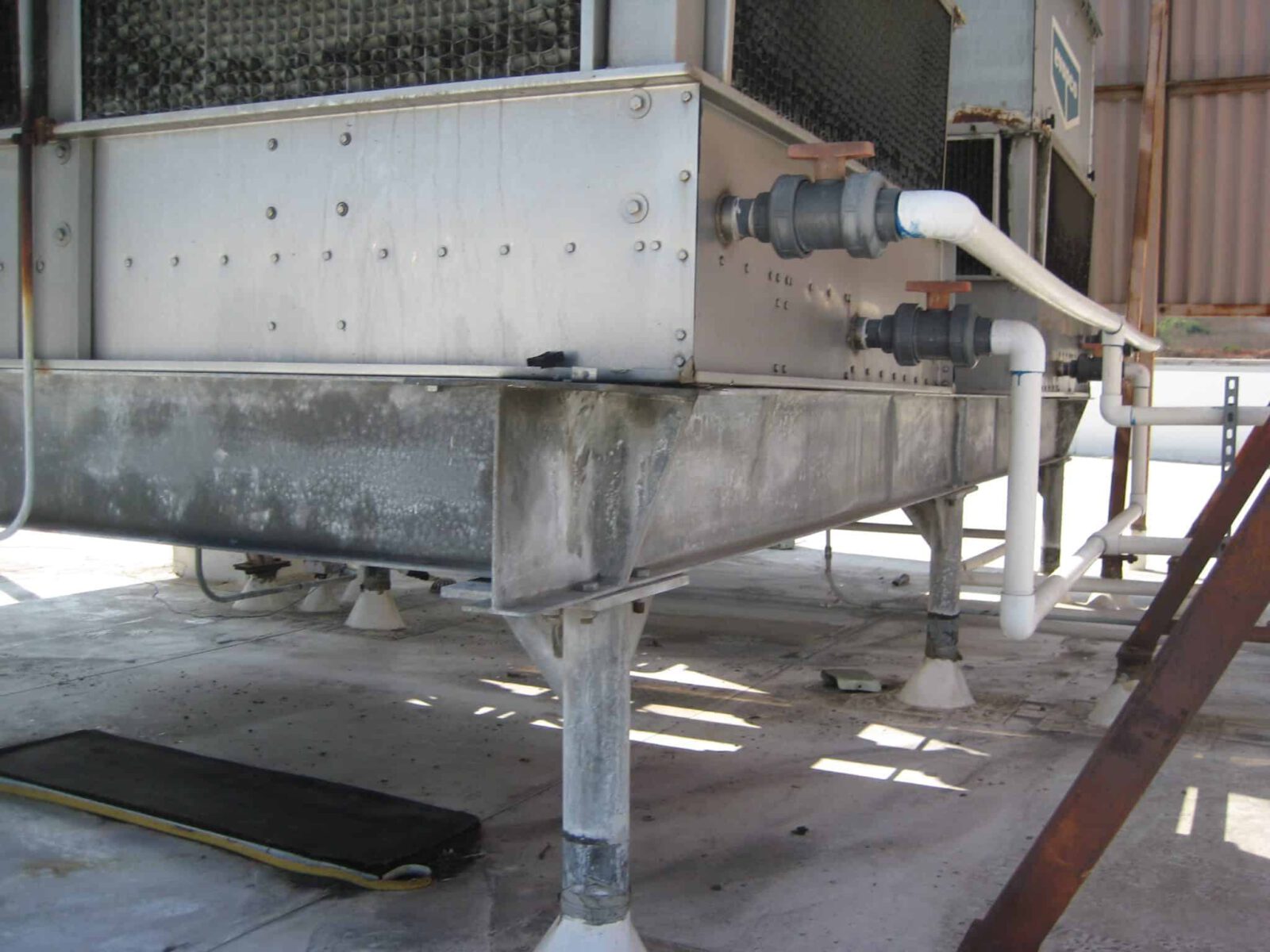Types of Corrosion Resistant Coatings for Steel
Epoxy coatings are one of the primary types used in corrosion control, mainly due to their high durability and resistance to water, heat and chemicals. With their superior adhesion properties, epoxy coatings can be used for most applications. Rust prevention epoxy coatings give structures exceptional resistance to wear and friction. They also exhibit outstanding electrical insulation, low shrinkage and superior compressive strength, making them the ideal choice for steel components that work in extreme industrial conditions.
Polyurethane and UV protective coatings are also excellent for commercial or industrial facilities with great outdoor exposure. Typically applied as top coats, these strong, clear coatings reflect harmful UV rays and prevent the epoxy coating’s fading, chalking and deterioration. In addition, polyurethane is more elastic than other types of corrosion protection coatings, making them ideal for floors with moderate to heavy traffic. The reduced stiffness gives the surface a slight spring, allowing it to absorb sharp and heavy impacts better.
Why Invest in Steel Corrosion Protection Coatings?
Many industries have learned how corrosion can ruin the most extensive and expensive equipment in commercial and industrial settings. Most often, these metal machines are the most crucial components of daily operations, and corrosion can cause a significant drop in their performance. Rust can even lead to a machine’s failure if left unchecked for too long. If this happens, you will be required to spend a large amount for its repair or replacement. Therefore, it’s essential to have all metals covered with corrosion protection coatings to secure the durability and longevity of your facility’s steel components.
At Raider Painting, we aim to offer the most effective corrosion resistant coatings for steel components that require protection from the elements. As experienced corrosion control coating contractors, Raider Painting is dedicated to delivering high-quality service with results that exceed your expectations. Our corrosion prevention coatings can shield your steel structural components, concrete decks and other exposed portions of your industrial facility or structure from corrosion, helping you preserve your investment.
Raider Painting Applies Top-Grade Rust Inhibitive Coatings
Raider Painting is a world-class painting company that offers coating solutions that will enhance and prolong the service life of your equipment and workspaces. Our team comprises of the most experienced and knowledgeable professionals who provide excellent service. In addition, our company embraces the latest techniques and maintains our time-honored values of integrity, honesty and hard work. This allows us to hone in on our techniques while building long-term relationships with our clients.
Raider Painting has serviced commercial and industrial settings since 1983, allowing us to perfect our process to give you a stellar customer experience. Over our three decades of operations, we have worked on thousands of projects and built an impressive list of repeat clients from all over the country. When you partner with us, you gain peace of mind knowing you are in capable hands.
Reach Out Today To Learn More About Our Rust Prevention Services for Your Commercial and Industrial Needs
From consultation to project completion, we have your best interests in mind. We only recommend solutions we know you need and be completely upfront to help you save time and money. If you have any queries, Raider Painting is happy to answer them. Please fill out our contact form to reach our team.

